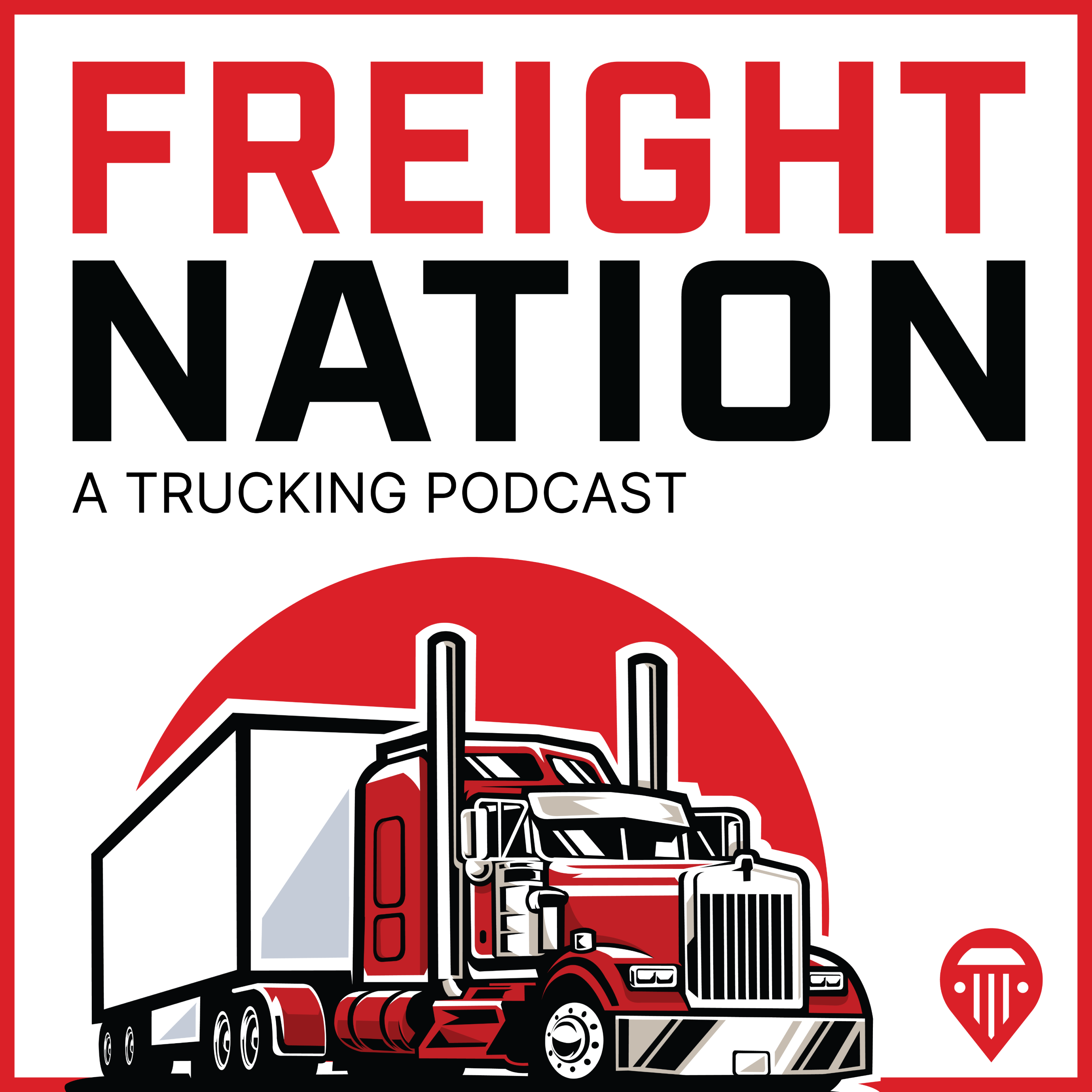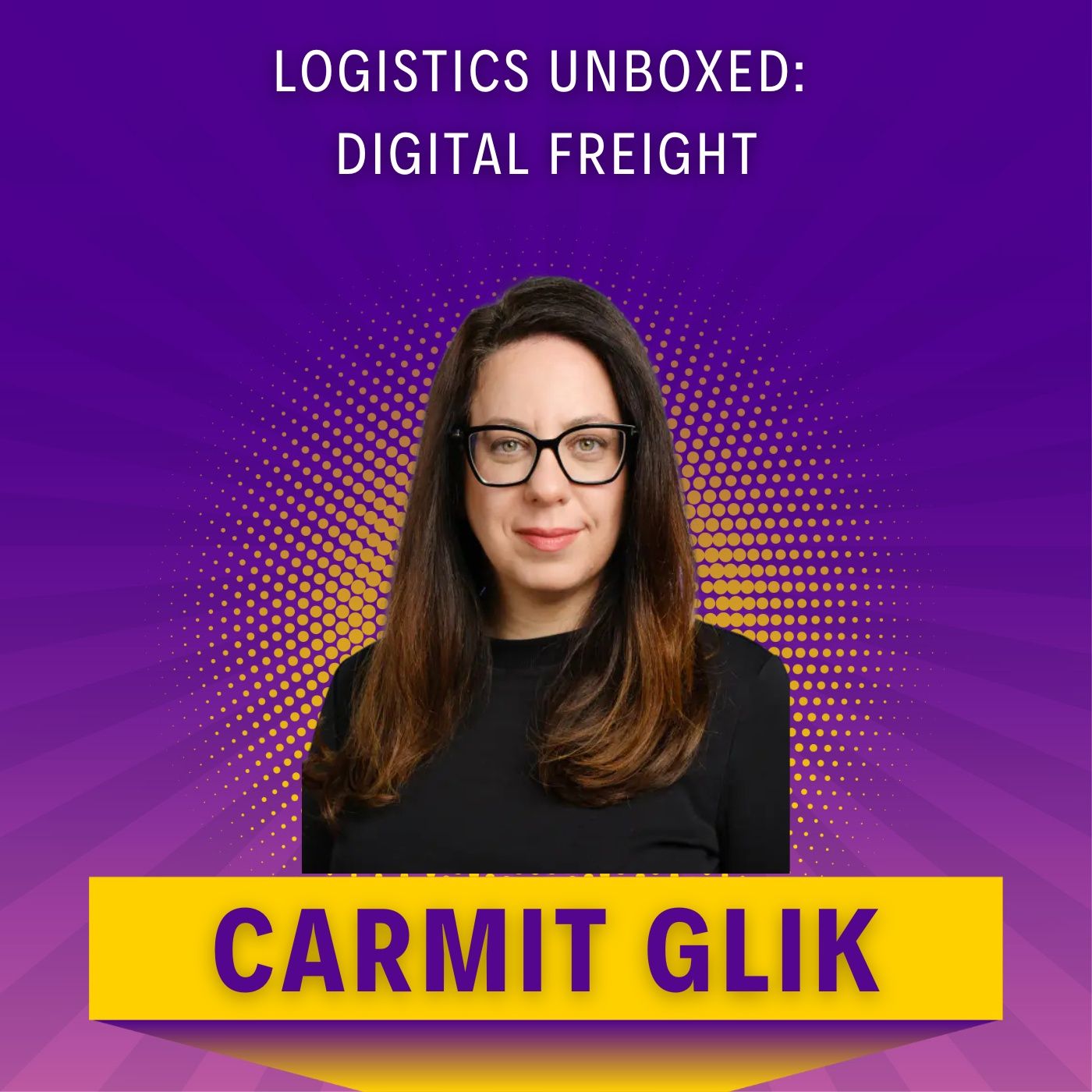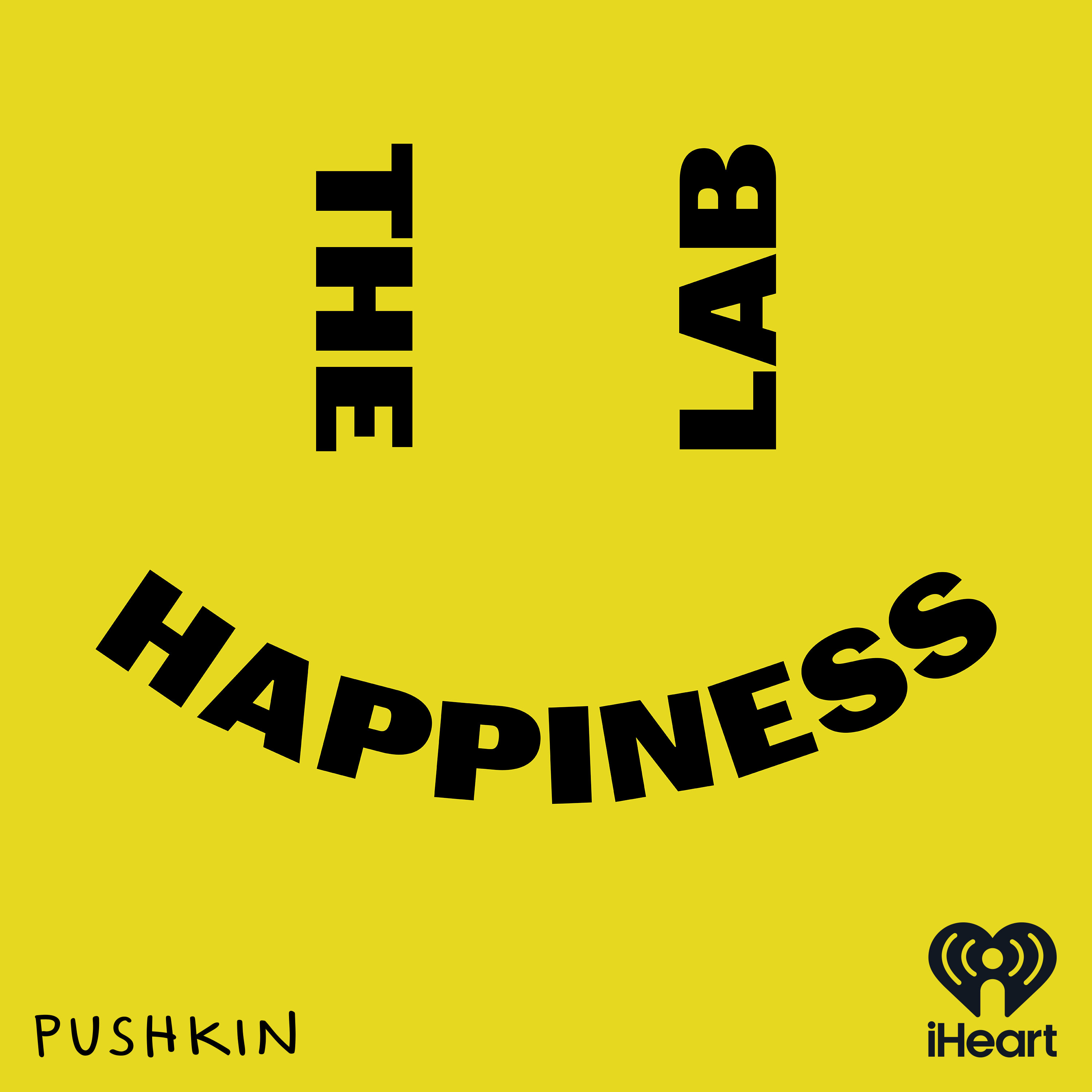
Logistics at a Crossroads
Where freight meets real life.
Hosted by Gia — logistics veteran, cancer survivor, and truth-teller — “Logistics at a Crossroads” explores the industry, identity, and the grit it takes to keep showing up. Freight. Feelings. No filter.
Logistics at a Crossroads
🎧 Episode 27: Autonomous Trucks – Innovation vs. Impact
As driverless trucks hit the highways in Texas, we’re entering a new chapter in logistics—one where innovation is moving fast, but the human impact may be getting left behind.
In this episode, Gia takes a hard look at the rise of autonomous trucking: the promises of 24/7 operation and fuel savings, the cracks in safety data, and the looming displacement of millions of professional drivers. With real-world statistics and honest reflection, we ask: Can technology and humanity co-exist on the open road? From AI in the driver’s seat to the future of freight labor, this is a crossroads we can’t afford to ignore.
🎧 New episodes every week.
Follow Logistics at a Crossroads on your favorite podcast platform.
📬 Want to connect?
Find me on LinkedIn: linkedin.com/in/reginahunter
Visit the blog: giakat.blogspot.com
[Intro music: “Lofichill)” fades in under voice] 00:00–00:10 Gia (Host): Hey everyone, welcome back to Logistics at a Crossroads. I’m Gia, and today I want to talk about something that’s been weighing on me—and it’s out there.. the push toward fully autonomous trucking.
There’s been a lot of buzz lately, especially after news broke that Aurora Innovation has officially launched fully driverless trucks.. Where did they launch them? To very large hub.. or cities between ..Dallas and Houston. These trucks have already logged more than 1,200 miles—no safety driver, no engineer. Just sensors, code, and steel guiding 80,000-pound machines down major highways. If you’ve ever driving in TX, you know the highways- it’s more like the autobahn.
And I’ll be honest—this worries me.
The U.S. trucking industry employs over 3.5 million drivers. These aren’t just numbers. These are people supporting families, paying bills, keeping communities connected. Replacing them with code isn’t just a technical decision, it’s a human one. And while yes… 1000 % human drivers make mistakes, so does AI. Tesla’s Autopilot system, for example, has been involved in over 1,800 crashes, according to the NHTSA. That’s not a glitch. That’s just a a warning of what’s to come..
Aurora’s trucks are equipped with 360-degree sensors and lidar that can detect obstacles over 500 meters away. And these trucks are operating at highway speeds—up to 75 mph. As someone who’s daddy was a driver and drove for a company who governed their trucks at 60. Can these be governed. But what happens when something unexpected occurs? When a deer darts across the road? When a construction zone suddenly shifts?
Technology is promising, yes. Autonomous trucks can run nearly 24/7, and not have to follow the 14 hour rule… which could lead to an estimated 11% to 27% in fuel savings. That translates to hundreds of millions of gallons saved and billions of pounds in reduced CO2 emissions annually if scaled. Still gives me the hibbee jeebies
But those gains come at a price.
Studies suggest that if driverless trucks are fully implemented, we could see 60% to 65% of long-haul jobs disappear. Here comes the panic.. On the flip side, (ill stay on the positive right now) a more gradual rollout could limit the job impact to around 1.7% annually, especially if we invest in retraining. That’s the tension—do we treat drivers as expendable, or essential?
Let’s also consider the broader logistics ecosystem. Autonomous tech can reduce supply chain delays by up to 40%. And in platoon setups, where trucks travel in close, coordinated convoys, we see fuel savings between 5% and 15% thanks to reduced drag.
These are real benefits—but again, they’re not free. They cost jobs, they shift responsibilities, and they introduce new kinds of risks. I said it earlier, I’m a bit biased… see my dad served his country for 25 years and then went straight into trucking. I learned to read a map, I’m talking the big Bahama mama map that sprawls across the dash and you had to flip the page to find the inch mark to show you it means a 100 miles.. plan routes to get him from point A to B, and we had a toll free 800 phone that cost .05 cents a minute added to our house phone- and anyone could call you on this phone if they were out of state.. just so dad could call installed While on the road. No cell phones,.. Bag phones and that was used I think 3 times a year if he was out on holiday, or a birthday. DO NOT CALL that number unless it was an emergency. . So when I tell you, I’ve been in the industry and have learned from the ground up.. Talk about a log book (thank you e-logs you saved my cramp hand when filing a truckers taxes. I digress, I’m sorry. I’ve seen it. I’ve been there from the ground up.
We still do not have it, we do not have the infrastructure …to handle more than a fleet of them … Who maintains these trucks mid-route? If they’re electric, who charges them? Is our highway network prepared for AI-driven breakdowns? We’re talking about machines that need digital, not human, support.
And regulations? Texas has been aggressive with a hands-off approach, enabling these launches quickly. But now lawmakers are realizing the need for actual guardrails—literally and legislatively. There needs to be more conversations.
Let’s talk equity. Will displaced drivers be offered retraining? Will the government step up with real policy, or will we default to public assistance to catch those automation leaves behind? These aren’t tech questions. They’re moral ones.
We can’t treat this as just a software update. This is a fork in the road for our values. What kind of industry do we want to build?
09:46–11:00 There is space for AI in logistics—medical diagnostics, school routing, even traffic pattern optimization. But when it comes to 80,000-pound vehicles barreling down a highway, we need to be absolutely sure. That’s why I believe in a hybrid model. AI as a co-pilot. Not a captain. A human still in the seat. Still responsible. Still ready when milliseconds matter.
I’m not against innovation. I’m 100% for accountability. For safety. For protecting the people who’ve kept this industry running since day one.
If we make efficiency the only goal, we’ll have a system that works perfect until it doesn’t. And when it fails, we’ll be asking: where did the humans go?
So here we are at a true crossroads.
Aurora may be the first, but they won’t be the last. The data is real. The benefits I’m tell you- they look good. The grass is greener on the other side kind of tempting. But so is the cost. We owe it to every driver, every family, and every future worker to get this right. Not fast. Right.
We need to have the ability to have a mid-point. Conversations, where they are filled/charged. Diagnosed mid router.
(Outro music: “Disrot)” DO we have repair trucks in route, we need to make sure we do this right..
.Because the future of logistics isn't just about tech. It's about people. And I’ll be here every step of the way, navigating the crossroads right alongside you
Podcasts we love
Check out these other fine podcasts recommended by us, not an algorithm.

Supply Chain Revolution
Sheri Hinish, SupplyChainQueen
Supply Chain - Unfiltered
Institute for Supply Management®
The Bootstrapper's Guide to Logistics
Nate Shutes
Everything is Logistics
Blythe Brumleve
WHAT THE TRUCK?!?
FreightWaves
Freight Nation: A Trucking Podcast
Truckstop
Logistics Unboxed: Digital Freight
The Advisor W/ Stacey Chillemi
The Happiness Lab with Dr. Laurie Santos
Pushkin Industries
The Wandering One Podcast
The Wandering One Podcast
We Can Do Hard Things
Treat Media and Glennon Doyle